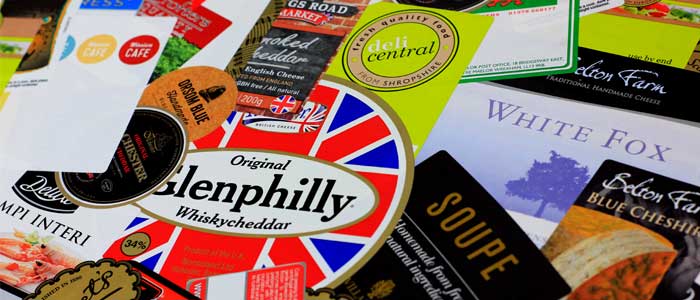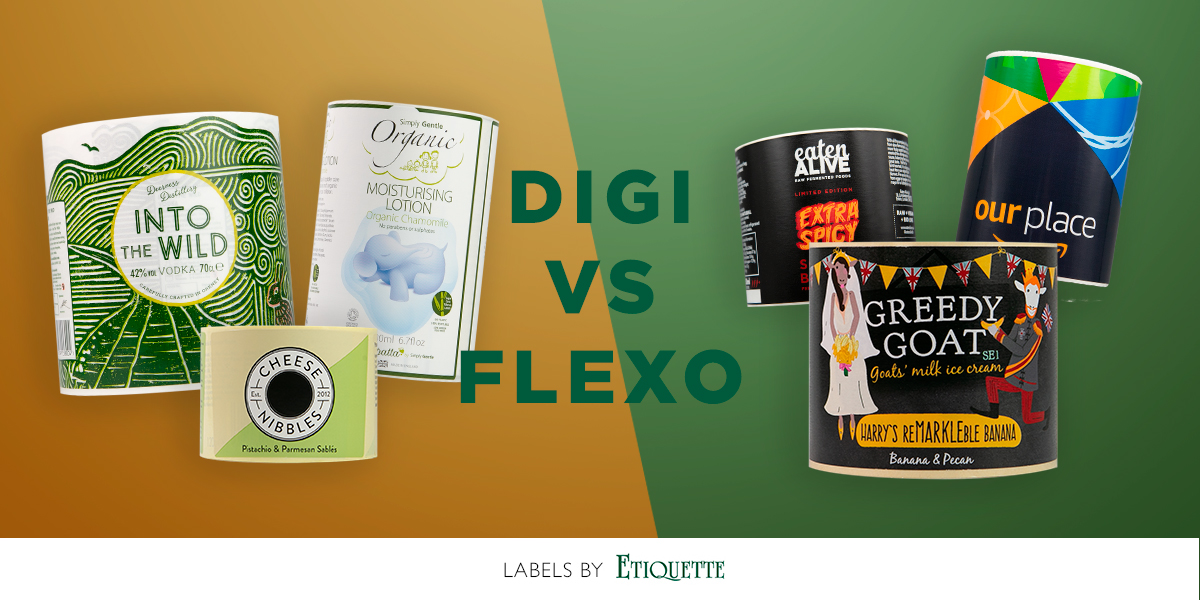
Did you know that flexography is the most widely used method of printing self-adhesive labels? This is because it is cost effective and versatile, by using this method you can print on almost any substrate including plastic, metallic films but is more generally used for printing on non-porous substrates required for various types of food packaging. Flexographic printing jobs are also easy to set-up, offer an extremely high quality of print and support the use of various inks such as fluorescent and metallic.
The print process uses a series of rollers and printing plates made from rubber or plastic which are placed on a cylindrical roller which is mounted in the press. The plates have a slightly raised image, and when rotated transfer the image on to the substrate. The first roller transfers ink to a meter roller. The roller meters the ink to a uniform thickness onto the plate cylinder whilst the substrate then moves between the plate cylinder and an impression cylinder, which keeps the substrate firmly pressed against the printing plate / cylinder.
The impression cylinder applies pressure to the plate cylinder, thereby transferring the image onto the substrate. The label material, which by now has been printed, is fed into a dryer so the ink is dry before it goes to the next print unit. This cycle happens for each colour on the label. After the substrate has been printed with all the colours required, the finished product is wound onto roll.
Some of our flexo presses at work:
